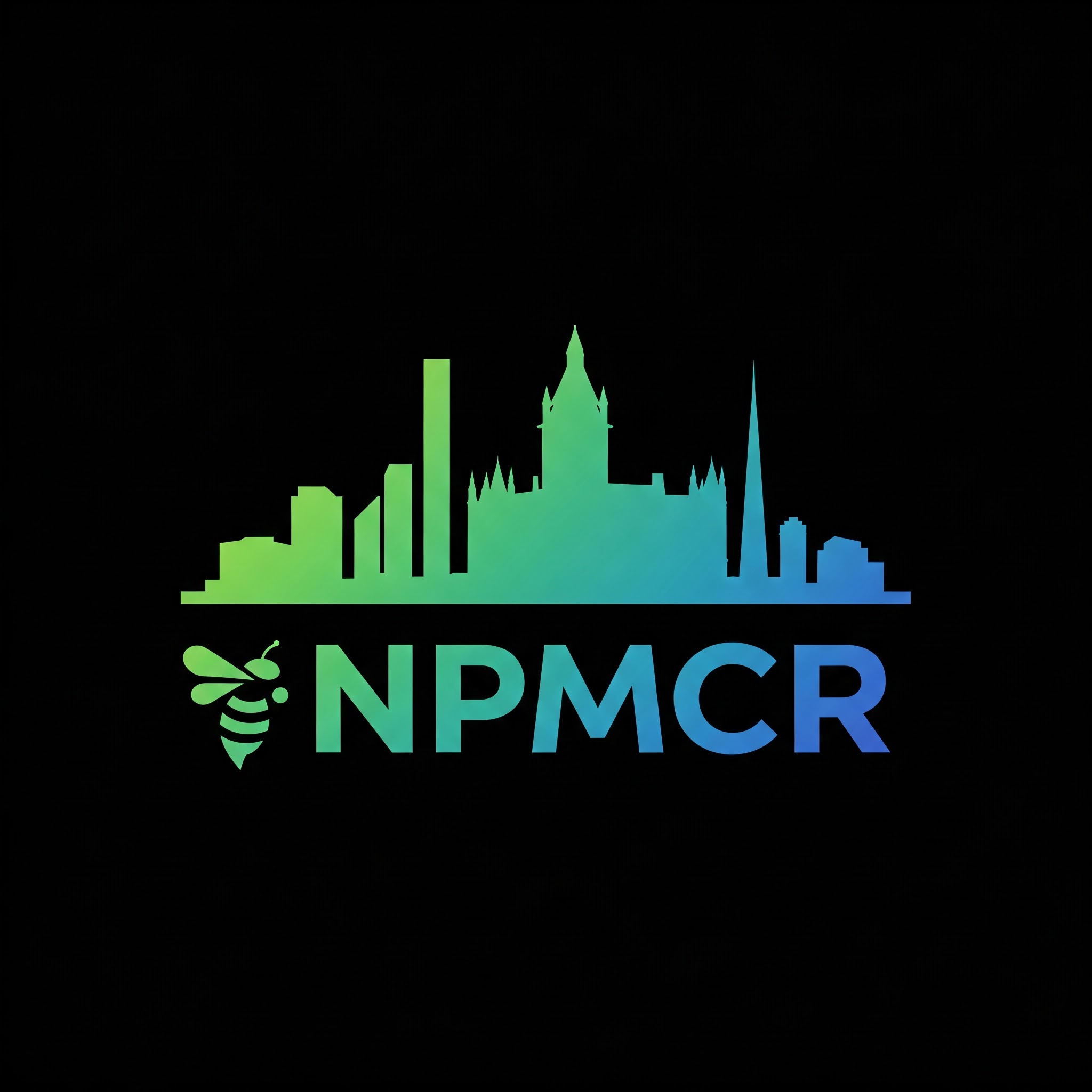Your cart is currently empty!
A Deep Dive into 3D Gel Plates
In the UK, car registration plates (licence plates) are more than just identifiers; they’re subject to specific legal requirements to ensure readability and standardisation for law enforcement and Automatic Number Plate Recognition (ANPR) technology. With the rising popularity of unique and personalised plate designs, like 3D gel plates, it’s crucial to understand the legal boundaries.
Are 3D Gel Plates Legal in the UK?
The legality of 3D gel plates in the UK can be confusing. While a popular choice, their legality depends on adhering to specific regulations. Some police forces have issued fines for 3D gel plates due to concerns about ANPR readability, but this doesn’t mean all 3D gel plates are illegal. Understanding the key requirements and potential issues surrounding 3D gel plates is essential to stay on the right side of the law.
Key Legal Requirements for UK Car Registration Plates
To ensure your number plates are road legal in the UK, they must meet the following criteria:
- Characters: Must be displayed in the Charles Wright font and have a specific size.
- Spacing: Strict spacing rules apply between characters and groups of characters.
- Colour: Front plates must have black characters on a white background; rear plates must have black characters on a yellow background.
- Reflective Material: Plates must be made of a reflective material conforming to British Standard BS AU 145d (for plates fitted before 1 September 2021) or BS AU 145e (for plates fitted after 1 September 2021).
- Border: A plain border is permitted, but it cannot obscure any part of the characters or the background. The border can be red, green, blue, or black.
- Supplier Identifier: The manufacturer’s name and postcode must be displayed at the bottom of the plate.
- British Standard Mark: The British Standard mark (BS AU 145d or BS AU 145e) must be displayed on the plate.
Specific Considerations for 3D Gel Plates
Beyond the general requirements, 3D gel plates have some specific considerations:
- Character Dimension: The raised characters on 3D gel plates must still adhere to the prescribed size and font regulations.
- Reflectivity: The gel material must maintain the required level of reflectivity as defined by the British Standard.
- Obstruction: The raised design must not obstruct the readability of any characters or the overall plate.
Choosing your supplier carefully is crucial, as the wrong one can lead to legal trouble and fines. As you may have already read here at NumberPlatesManchester.co.uk we follow all regulations and only use the best materials that are 100% compliant.
Potential Issues with 3D Gel Plates
While generally legal, potential issues with 3D gel plates could lead to non-compliance:
- Legibility: If the 3D effect significantly alters the appearance of the characters, it could hinder readability, especially for ANPR cameras, and lead to a violation.
- Durability: The gel material must be durable enough to withstand normal wear and tear without compromising the plate’s legibility or reflectivity.
Consequences of Non-Compliance
Driving with illegal number plates can result in various penalties, including:
- Fines: You could be fined up to £1,000 for displaying illegal number plates.
- MOT Failure: Your vehicle will fail its MOT test if the number plates do not meet the legal requirements.
- Vehicle Seizure: In severe cases, authorities may seize your vehicle if you repeatedly use illegal number plates.
- Registration Number Withdrawal: In some instances, the DVLA might even withdraw your vehicle’s registration number.
Staying on the Right Side of the Law
To avoid legal issues with your 3D gel plates, follow these guidelines:
- Choose a Reputable Supplier: Purchase your 3D gel plates from a reputable supplier who guarantees compliance with all UK regulations and uses materials that meet the required standards.
- Double-Check the Design: Before fitting the plates, carefully examine them to ensure they meet all legal requirements, including character size, spacing, font, colour, reflectivity, and markings.
- Seek Clarification: If you have any doubts about the legality of your 3D gel plates, contact the Driver and Vehicle Licensing Agency (DVLA) for clarification.
DVLA Number Plate Guidelines
The DVLA provides detailed guidelines on number plate regulations to ensure all plates are standardised and readable. These guidelines cover various aspects, including:
- Character Dimensions and Spacing: Specific rules govern the dimensions and spacing of characters. Characters must be 79mm high, 50mm wide (except for the figure 1 or letter I), and have a 14mm stroke. There must be at least 7mm spacing between characters.
- Colours and Materials: Front plates must have black characters on a white background, while rear plates must have black characters on a yellow background. The plates must be made of reflective material.
- Font: The characters must be displayed in the Charles Wright font.
- Background Patterns: No background patterns are allowed.
- Flags and Identifiers: Certain flags, symbols, and identifiers are permitted, but they must be displayed according to specific rules.
- British Standard Mark: All plates must be marked with the British Standard number (BS AU 145e for plates fitted after 1 September 2021).
- Supplier Identifier: The plates must display the supplier’s name and postcode.
- Ban on Two-Tone 3D Effects: As of September 2021, two-tone 3D effect plates, which used different shades to create a pseudo-3D effect, are no longer legal. Only solid black characters are permitted.
UK Car Registration Plate Laws
The UK has strict laws regarding number plates to ensure vehicles are easily identifiable and to aid law enforcement. These laws cover various aspects, including:
- Displaying Number Plates: All vehicles must display number plates clearly on both the front and rear. The plates must be kept clean and visible.
- Accurate Registration: The number plates must accurately show the registration number assigned to the vehicle. It is illegal to alter or misrepresent the registration number in any way.
- Registered Suppliers: Number plates must be obtained from registered number plate suppliers who adhere to DVLA regulations.
History of UK Number Plates
The current UK number plate format has a rich history, evolving over time to meet changing needs.
- Early Formats: Early UK plates began with one or two letters indicating the region of issue, followed by a number between one and 9999. This system evolved to include three letters and up to three numbers, and then reversed to the current format of numbers followed by letters.
- Prefix and Suffix Styles: From 1963 to 2001, the UK used prefix and suffix style number plates. Prefix plates (1983-2001) used the first letter to indicate the year of registration, while suffix plates (1963-1983) used the last letter for the same purpose.
- Current Format: The current format, introduced in 2001, consists of two letters (local memory tag), two numbers (age identifier), and three random letters. This format allows for a larger number of combinations and improved identification.
- To read more indepth information regarding number plate history check out our other post here
Conclusion
3D gel plates are a stylish way to personalise your vehicle, and they are legal in the UK, provided they meet all DVLA regulations. This includes adhering to rules about character size, spacing, font, colour, reflectivity, and the use of a registered supplier. Choosing a reputable supplier and double-checking the design for compliance are crucial steps to avoid potential fines, MOT failure, or even vehicle seizure. The history of UK number plates shows a continuous evolution of formats and regulations, culminating in the current system designed for standardisation and readability, aided by ANPR technology. By understanding and following these guidelines, you can confidently display your 3D gel plates and enjoy a touch of individuality on the road.

